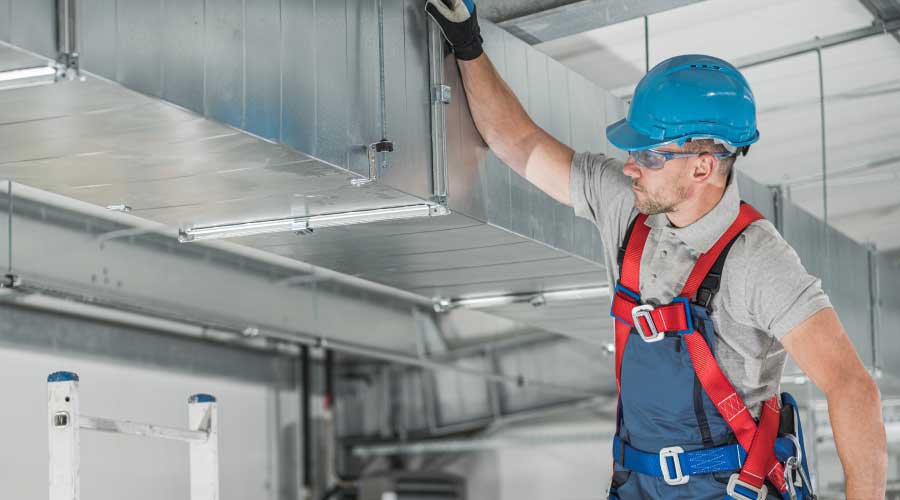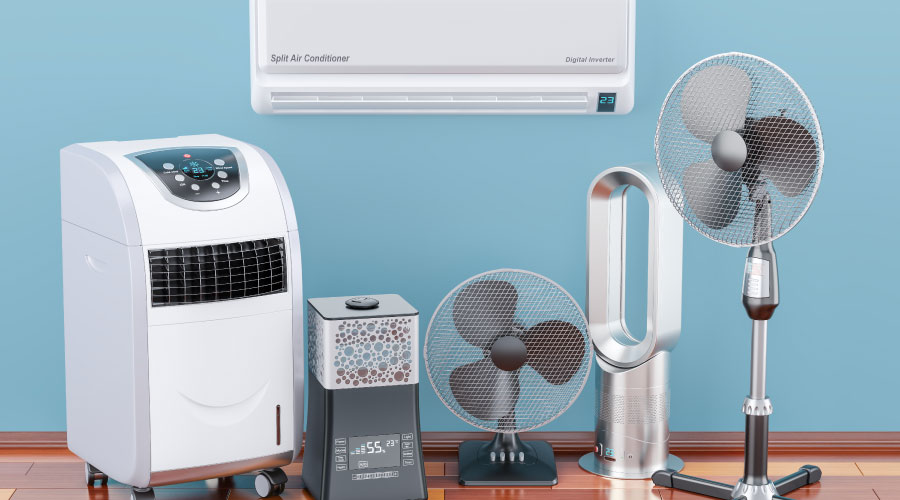Changes Proposed to Standard 90.1 Airside Control Requirements
Proposed changes designed to improve the energy efficiency of buildings covered by ASHRAE/IESNA Standard 90.1 are open for public comment.
Proposed changes designed to improve the energy efficiency of buildings covered by ASHRAE/IESNA Standard 90.1 are open for
public comment .
“As we move toward publication of the 2010 standard, the 90.1 committee is considering many changes to reduce building energy use and cost,” Chair Mick Schwedler says. “The proposed addenda that are out for review move toward our goal of 30 percent energy cost savings.”
Among the proposed addendum out for public review is addendum bh, which would require supply air temperature reset in multiple-zone HVAC systems. Balancing the reset with an increase in fan energy can substantially reduce system energy use, Schwedler says.
“A preliminary energy analysis indicates that the whole building energy savings for buildings affected by this requirement is between 2.5 and 3 percent,” he says.
Proposed addendum bf provides new requirements for continuous air barriers. While performance requirements have existed for fenestration and door products, evidence suggests that the opaque envelope is the source of the majority of air leakage in buildings, says Schwedler.
Other addenda include f, which would allow a number of paths to reduce building roof load; bq, which reduces additional lighting power allowances by reducing both lighting energy and the energy needed to cool the space; and bn, which requires orientation of fenestration to be considered to reduce thermal loads.
ANSI/ASHRAE/IESNA Standard 90.1-2007, Energy Standard for Buildings Except Low-Rise Residential Buildings, provides minimum requirements for the energy-efficient design of buildings except low-rise residential buildings.
Related Topics:











